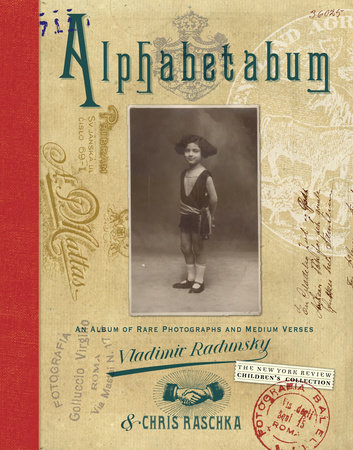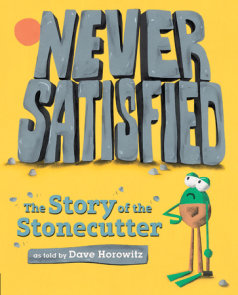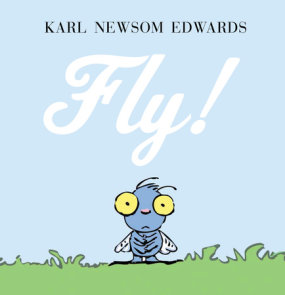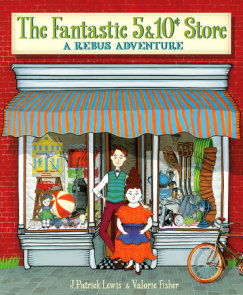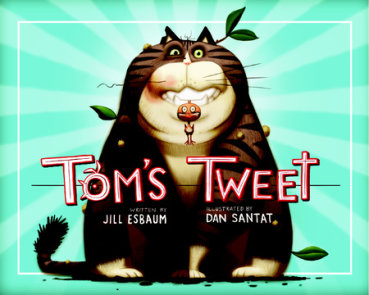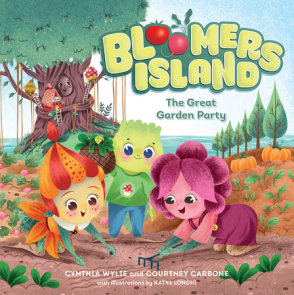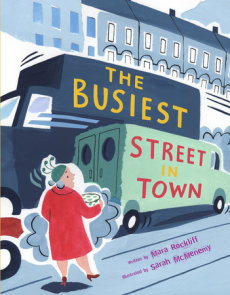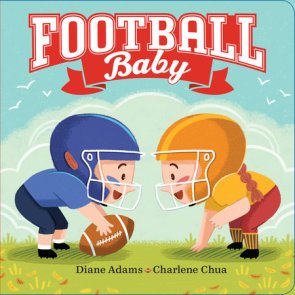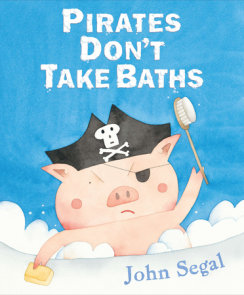TEACHING GUIDE
NOTE TO TEACHERS
Celebrated artists and authors Vladimir Radunsky and Chris Raschka put a delightfully new old-fashioned spin on the classic alphabet book in Alphabetabum.
Artist and designer Vladimir Radunsky has selected portraits of late-nineteenth and early-twentieth century children from his vast collection of antique black-and-white photographs purchased from flea markets and antique shops all around the world. Best-selling author/illustrator Chris Raschka contributes deliciously teasing rhymes imagining the life and personality of each child. The resulting book is a fantastically witty look at the great-great-great grandparents of today’s third, fourth, and fifth graders.
Activities
In Alphabetabum, Vladimir Radunsky selected portraits from his collection of vintage black-and white photos, and Chris Raschka imagined a name for the child in each photograph. Try your hand at creating a photo book in the style of Alphabetabum. Hunt through magazines to find at least six interesting photos of people. Imagine a name for each person featured in your collection. Fold two 8.5 x 11-inch pieces of paper in half along the 8.5-inch length and staple along the fold to create a booklet. Decorate the front and back covers of your own Alphabetabum. Arrange your photos in alphabetical order by the first name you assigned to each and glue one photo per page into your booklet. Label each photograph with the names. Finally, create phrases or poems that describe the people in each photo using words that begin with the same first letter as the name you gave each person.
CCSS.ELA-LITERACY.W.3.3; CCSS.ELA-LITERACY.W.4.3; CCSS.ELA-LITERACY.W.5.3
Photographs freeze a moment in time. Each photograph holds a story. Choose a favorite photograph from Alphabetabum. What do you imagine his person’s story to be? What happened before and after the picture was taken? Was the photograph taken for a special occasion? Write a story with a clear beginning, middle, and end inspired by the photograph you select from the book. Use the name that Chris Raschka assigned to the character in your story.
CCSS.ELA-LITERACY.W.3.3.A; CCSS.ELA-LITERACY.W.3.3.B; CCSS.ELA-LITERACY.W.4.2.A; CCSS.ELA LITERACY.W.4.2.B; CCSS.ELA-LITERACY.W.5.3.A; CCSS.ELA-LITERACY.W.5.3.B
Many of the photographs included in Alphabetabum are stamped with the location or written in the language of the country where the photo was taken. Select eight stamped photographs from the book and research their origins. Use an uncolored line drawing of a world map to find the location where each photo was taken and assign each a color. Create a key for the map that includes the person’s name in the photo and colors to indicate where on the map each picture was taken.
CCSS.ELA-LITERACY.RI.3.7; CCSS.ELA-LITERACY.RI.4.7
Chris Raschka carefully chose the words he used in his descriptions of the photographs so that he could utilize alliteration. Choose five of Raschka’s poems. Make a list of ten adjectives and verbs taking two from each of the five descriptions. Use a thesaurus to find a synonym for each adjective and verb he used. List the synonyms next to the original adjectives and verbs used in the book. How does inserting the new words in place of Raschka’s affect each overall poem?
CCSS.ELA-LITERACY.L.3.4.D; CCSS.ELA-LITERACY.L.4.4.C; CCSS.ELA-LITERACY.L.5.4.C
The people featured in these photographs lived long ago. If you could bring the people in the photos back to life, what questions would you ask them? Select one image and write a dialogue in the form of a readers’ theater script that you and the person in the photograph might have. Have a partner read the part of the person in the photograph so that you can read your part and perform your script for your class.
CCSS.ELA-LITERACY.W.4.9.A; CCSS.ELA-LITERACY.W.5.9.A
What would a page about you look like if you were featured in Alphabetabum? Draw a picture of yourself wearing clothes you often wear, or affix a favorite photo of yourself. Below the picture, write the first letter of your name as capital and then a lower-case letter. On a separate sheet of paper, make a list of words that begin with the same letter as the first letter of your name. Use some of these words to write an alliterative description of yourself beneath your portrait. Can you use rhyme in your description?
Chris Raschka uses alliteration to describe the people in these photos in three short lines. What if the poems were to continue? Study the photographs and poems. What more can you add to the description of each person? Use the same pattern of alliteration to continue each poem for two or three more lines on a separate sheet of paper.
Please click on the PDF link below to download the Teacher’s Guide.
×
Become a Member
Just for joining you’ll get personalized recommendations on your dashboard daily and features only for members.
Find Out More Join Now Sign In








